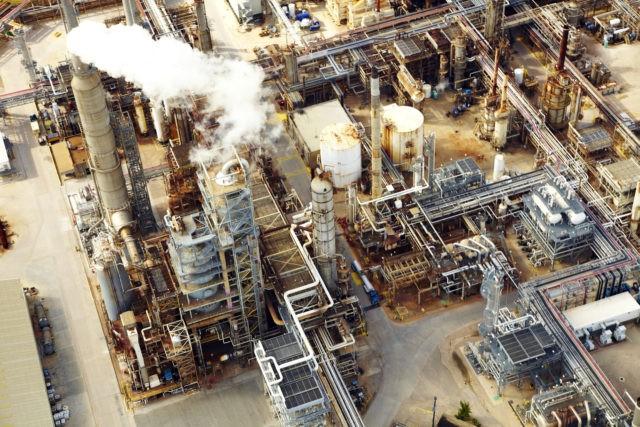The reopening of the U.S. economy continued to boost Texas manufacturing in April, data from the Federal Reserve Bank of Dallas showed Monday.
Perceptions of general business conditions improved more than expected and uncertainty retreated, the Dallas Fed’s Texas Manufacturing Outlook Survey indicated. The general business activity index came in at 37.3, up eight points from its March reading. Economists had predicted a slight retreat after last month’s strong number. The top of the range of analysts surveyed by Econoday was 30, with the median prediction at 27.5.
The company outlook index rose three points to 29.1, a reading four times higher than the series average. The outlook uncertainty index moved down to zero, indicating that uncertainty is no longer on the rise.
The production index, a key measure of state manufacturing conditions that is heavily tied to energy production, declined to 34 in April, down from 48 in March, which was the highest reading in the survey’s 17-year history. The April reading is still well above average and indicates “robust output growth,” the Dallas Fed said.
The employment index jumped from 18.8 to 31.3, the highest reading since the survey began in 2004. Thirty-five percent of firms noted net hiring, while 3 percent noted net layoffs.
The wages and benefits index rose to its highest reading on record, increasing nine points to 37.1. The raw materials prices index rose from 66.0 to 71.4, near its all-time high. The finished goods prices index hit a new all-time high, climbing seven points to 39.
The new orders index climbed eight points to 38.5, and the growth rate of orders index increased 10 points to 32.3. Both readings were the highest in the survey’s 17-year history.
The capacity utilization index remained high, but declined to 34.6 from 46.1 in March. The shipments index held roughly steady at 32.6.
“Shipping is restricting business activity—there’s a shortage of intermodal containers, space on ships, and truck availability. said one of the respondents from chemical manufacturing sector.
Expectations regarding future manufacturing activity grew even more positive April. The future production index jumped to 47.2, and the future general business activity index climbed up to 36.6. Most other measures of future manufacturing activity also rose, and all remained solidly in positive territory.
But there were some worries. For example, office rents are falling, which might weigh on construction.
“Office rents are down,” said a respondent in primary metals manufacturing. “This will make it difficult for banks to lend on new office buildings. Commercial construction should decline in 2022.”
And employers are worried about finding enough workers.
“The challenge now is finding enough new employees,” said an executive in plastics and rubber products. “Our recovery came quicker than anticipated, and we need more people as quickly as possible.”
“We are seeing purchase activities increase substantially.,” a respondent in machinery manufacturing said. “Therefore, we are trying to hire to keep up with demand. But as usual, the government is getting in the way of our success with the unemployment benefits that turn employees into lazy Americans looking for handouts instead of depending on their efforts to improve their lives.”

COMMENTS
Please let us know if you're having issues with commenting.